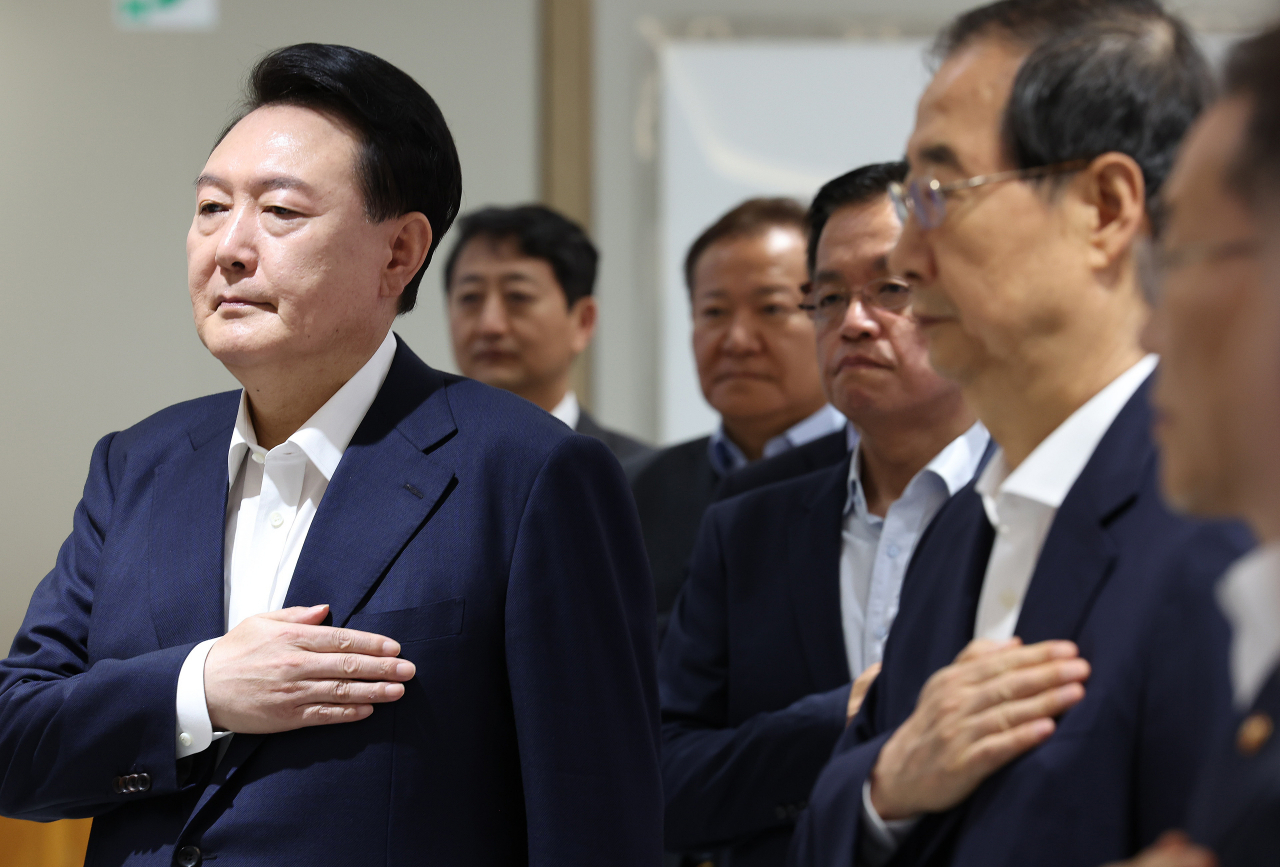
President Yoon Suk Yeol praised the signing of the "US-ROK Guidelines for Nuclear Deterrence and Nuclear Operations on the Korean Peninsula" during his visit to Washington, stating that it strengthens the alliance between Seoul and Washington into one that is "nuclear-based" and aimed at countering the nuclear missile threats from North Korea. The document, signed by President Yoon and US President Joe Biden, establishes a readiness posture to effectively counter any form of North Korea's nuclear threat, including the special assignment of US nuclear assets to operations on the Korean Peninsula in both peacetime and wartime. President Yoon emphasized that the guidelines provide a solid foundation for extended deterrence cooperation in an integrated manner between South Korea and the US, urging the military authorities of both countries to maintain and enhance a credible and effective nuclear deterrence policy and posture. During his visit, President Yoon also held bilateral talks with 13 counterparts on the sidelines of the NATO summit, including the leaders of the US, Japan, Germany, and the United Kingdom. Highlighting South Korea's agreements with NATO, including intelligence-sharing and an airworthiness agreement, President Yoon instructed his Cabinet to proceed with follow-up measures from the talks, such as potential participation of South Korean firms in railway infrastructure and nuclear energy projects, as well as the sales of military equipment. The meeting also focused on intelligence sharing, cooperation, and joint planning and execution related to nuclear operations on the Korean Peninsula, which includes plans for tabletop exercises and simulations jointly between Seoul and Washington, as agreed upon since 2023.
